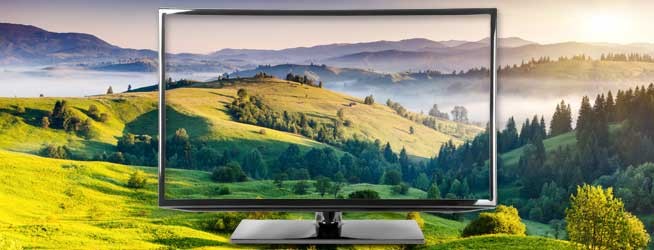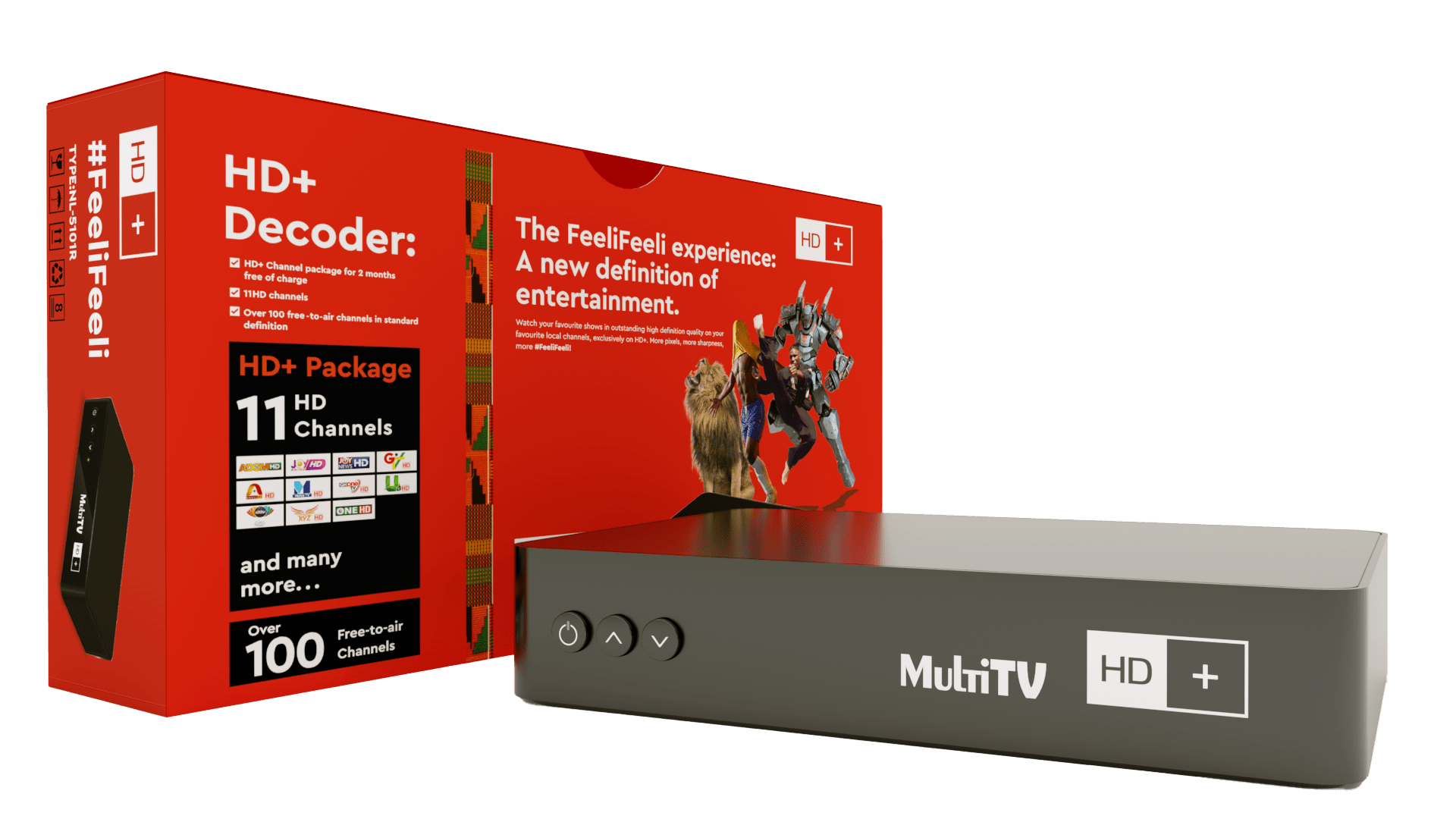Viewing TV in high definition (HD) quality delivers a better experience with regards to colour quality; wide screen viewing; detail and clarity; surround sound; and the ability to allow a variety of input devices to work together without taking a lot of furniture space. In 2019, IPSOS, a marketing research company conducted a study in Ghana and found out that almost 50% of TV homes in Ghana had at least one HD ready TV set. The results of this survey points to the fact that consumers are investing in technology to enhance their viewing experience. This trend is putting a lot of pressure on broadcasters to deliver their content and service in high quality.
A cursory overview of Ghana’s broadcasting space indicates a checkered but study progress in offering the best of services to all. In 1935, when the British introduced the BBC relay station in Accra, Radio ZOY, many did not anticipate a highly liberalized broadcasting space eighty-five (85) years on. As with all ventures, liberalization has pushed competition and the need for differentiation to unprecedented levels. Indeed, some may say that the past two decades sparked the revolution we see today with hundreds of television and radio stations accessible to all. For instance, when MultiTV launched in 2009, it increased the availability of multi-channel television and radio nationwide. Accordingly, the latest Satellite Monitor results published by SES Satellites, a leading global satellite operator with a fleet of over 70 satellites in June 2020 show that, out of the estimated 6.7million TV homes in Ghana, 4.4 million are pointing to the 28.2 E orbital position. It is therefore no surprise that the majority of homes that hitherto had no access to TV reception are now connected.
Content has been a main driver of viewer retention and with the multiplicity of channels, content, has also proven to be a key determinant of the bottom line for broadcasters. In many homes across Ghana, local TV content continues to be the major source of entertainment as people can easily relate to the storylines and characters. This reinforces the point that content indeed drives viewership. The coinage ‘content is king’ is what now leads most discussions on video creation and broadcast. While that may be true, it is worth asking what makes content king. Is it content that is of mere interest to the consumer or the form and manner in which it is delivered?
READ ALSO: Politicians And Armed Robbers Are The Same – Kwaw Kese
While we immediately see the benefits of making digital terrestrial television (DTT) available via an ordinary antenna, it is not easy to see how HD can be made widely accessible due to scarce spectrum availability. HD takes up 3 to 4 times the space that a similar content in SD would occupy. This is where advantage of satellite over DTT comes to play.
Further competition is expected to reduce the high cost barrier deterring broadcasters to deliver their content to viewers in HD. To see the full benefits HD TV viewing, many channels will have to broadcast in HD to the consumer at affordable prices, especially free to air programming.
In other parts of the world, major satellite operators are leading the charge in providing affordable HD programming to consumers. Typically, the main difference between the Standard Definition Television (SDTV) as we know it and HDTV systems includes increased number of scanning lines, progressive scanning capability and increased aspect ratio. The resultant effect is a relatively sharper image and one that depicts reality as compared to the standard definition TV. Indeed, other parts of the world have progressed further from HD to Ultra High Definition (UHD) all in a bid to enhance viewer experience.
Here in Ghana, people are beginning to appreciate the value of enhanced viewer experience relative to TV content. Since the majority of most Ghanaian home have an HD ready set, it is high time that the broadcast industry came up with a solution to satisfy the latent demand that the market has for HD quality content.


